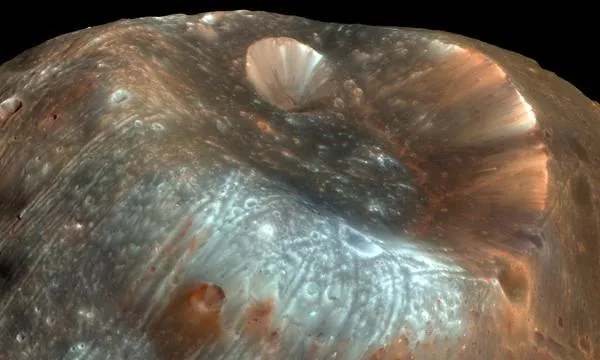Phobos Bound
On Tuesday a Zenit rocket will launch a probe to the Martian moon Phobos, with the future of Russia’s planetary program riding on the outcome.
/https://tf-cmsv2-smithsonianmag-media.s3.amazonaws.com/filer/c0/8d/c08d0b94-f2f5-448b-9218-95b56f91ee07/fobosdfh-grunt-flash.jpg)
Mars has not been a happy place for the Russian space program. The nation’s attempts to explore the Red Planet, going back more than 50 years, have produced a long litany of failures. The most recent misfire came 15 years ago, when the instrument-laden Mars 96 probe, instead of heading out into the solar system, burned up in the atmosphere and scattered pieces over Chile and Bolivia.

That crash effectively put the Russian planetary program out of business — until now.
On Tuesday a Zenit rocket is scheduled to lift off from Kazakhstan to start the Phobos-Grunt spacecraft on its 10-month voyage to Mars. If all goes well, on Valentine’s Day of 2013, after several months of circling the planet, the lander will touch down on the surface of the moon Phobos to start collecting samples of dirt (“grunt” in Russian). Four days later, a return vehicle will lift off in the moon’s low gravity and bring the samples back to Earth.
We’ll have more details on the Phobos-Grunt mission next week. Meanwhile, here’s some background from Anatoly Zak, the author of our 2008 article, and an animation (with Russian subtitles) from the Roscosmos space agency that shows how it’s all supposed to go.